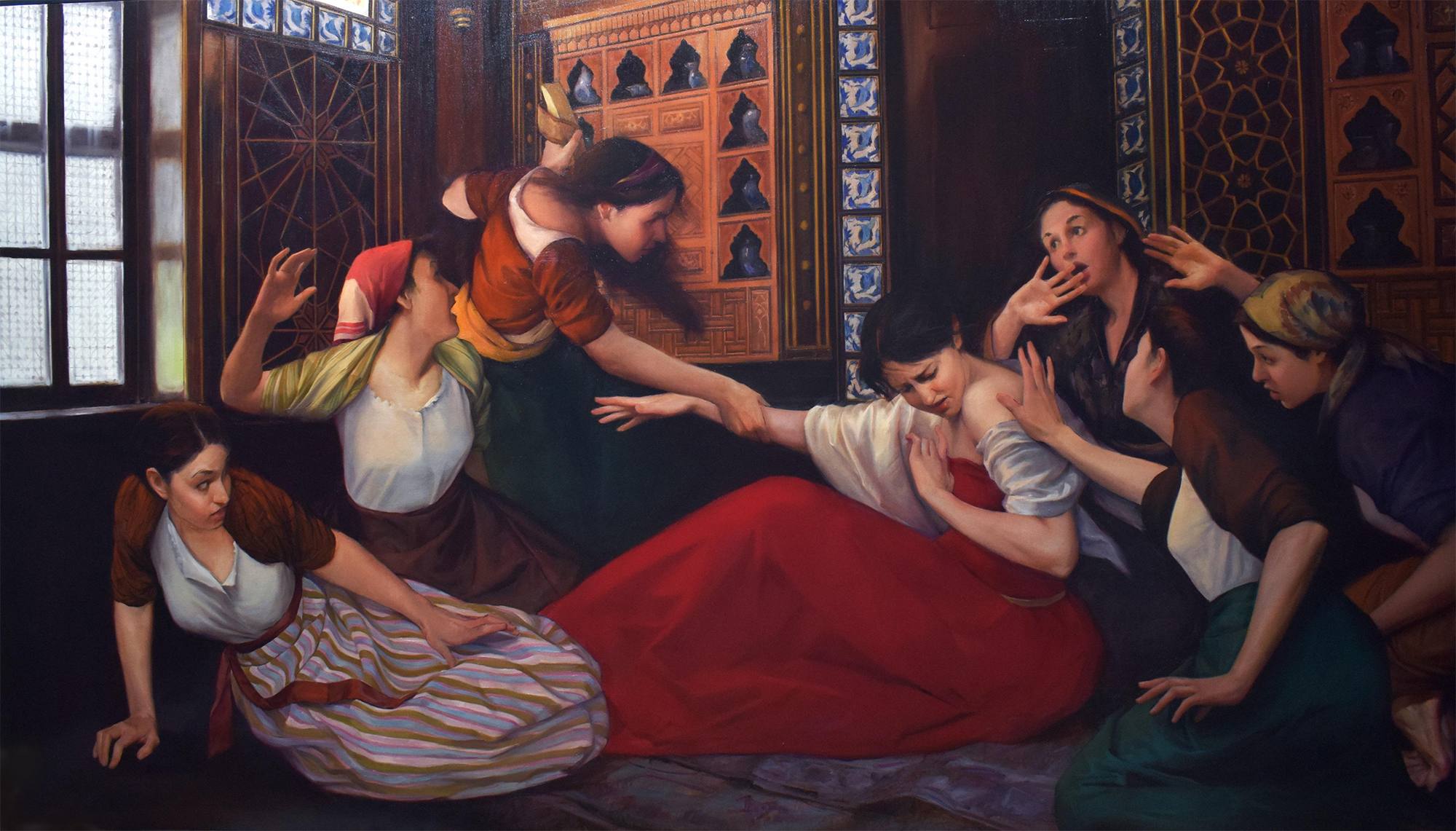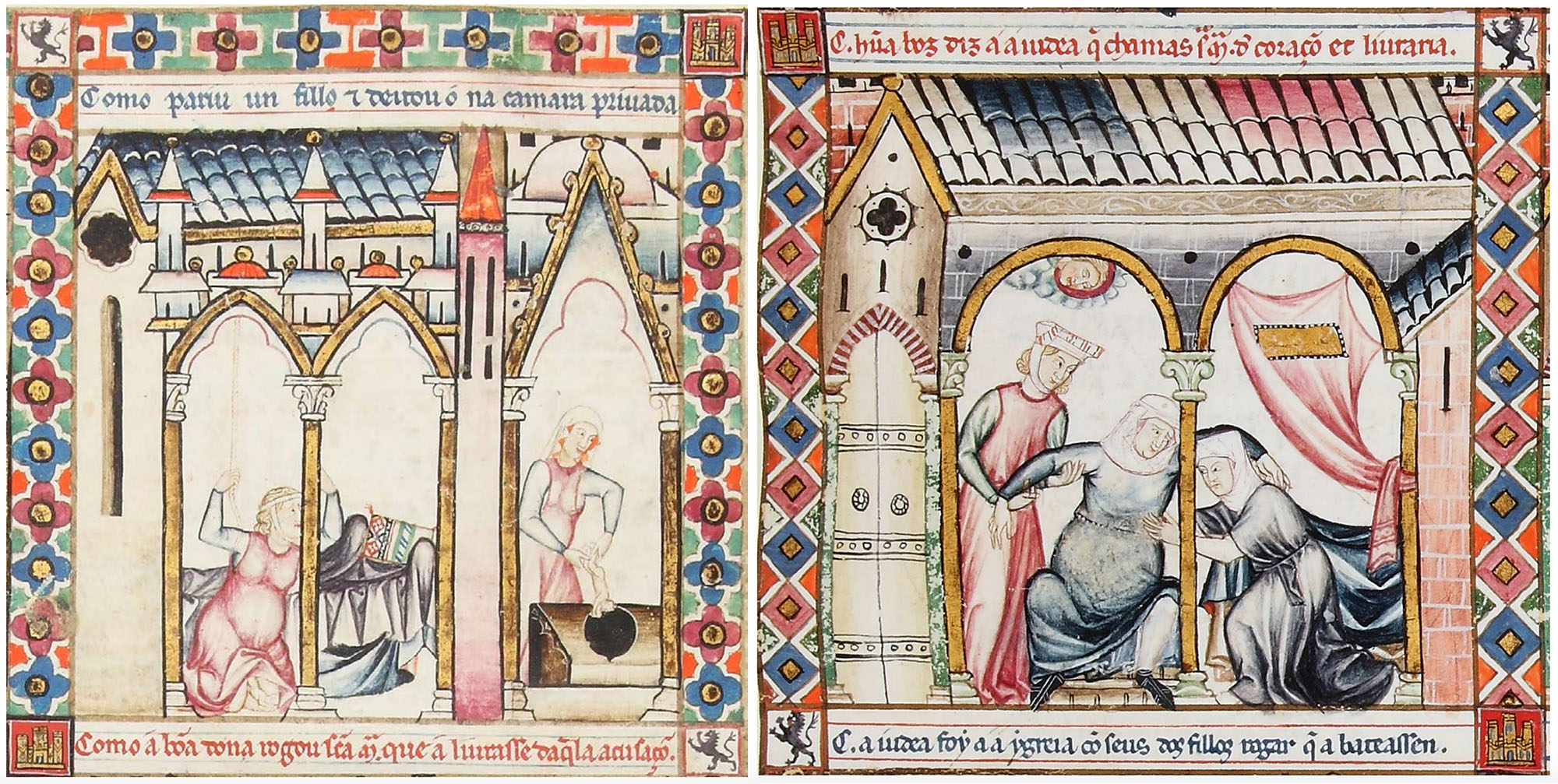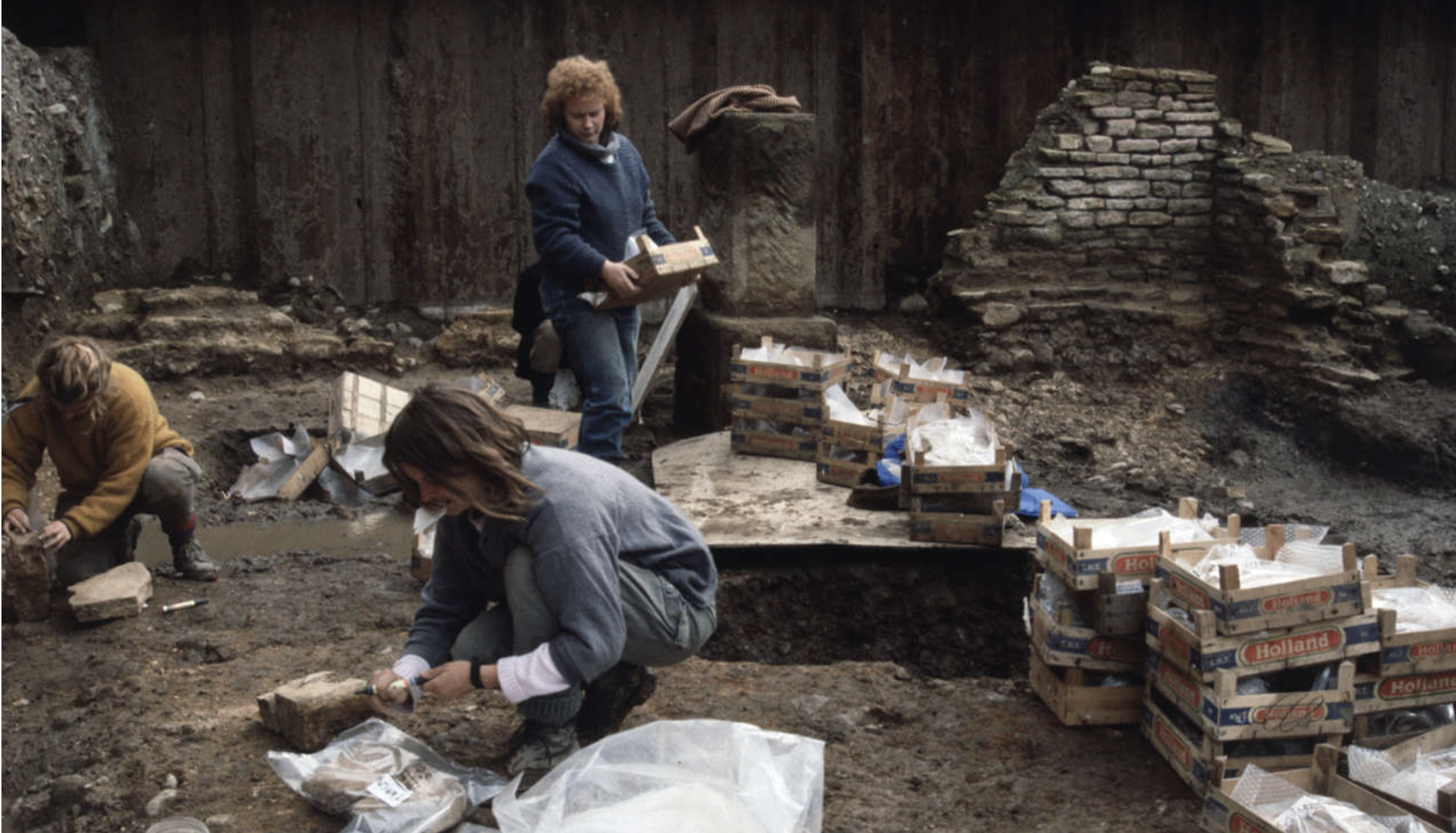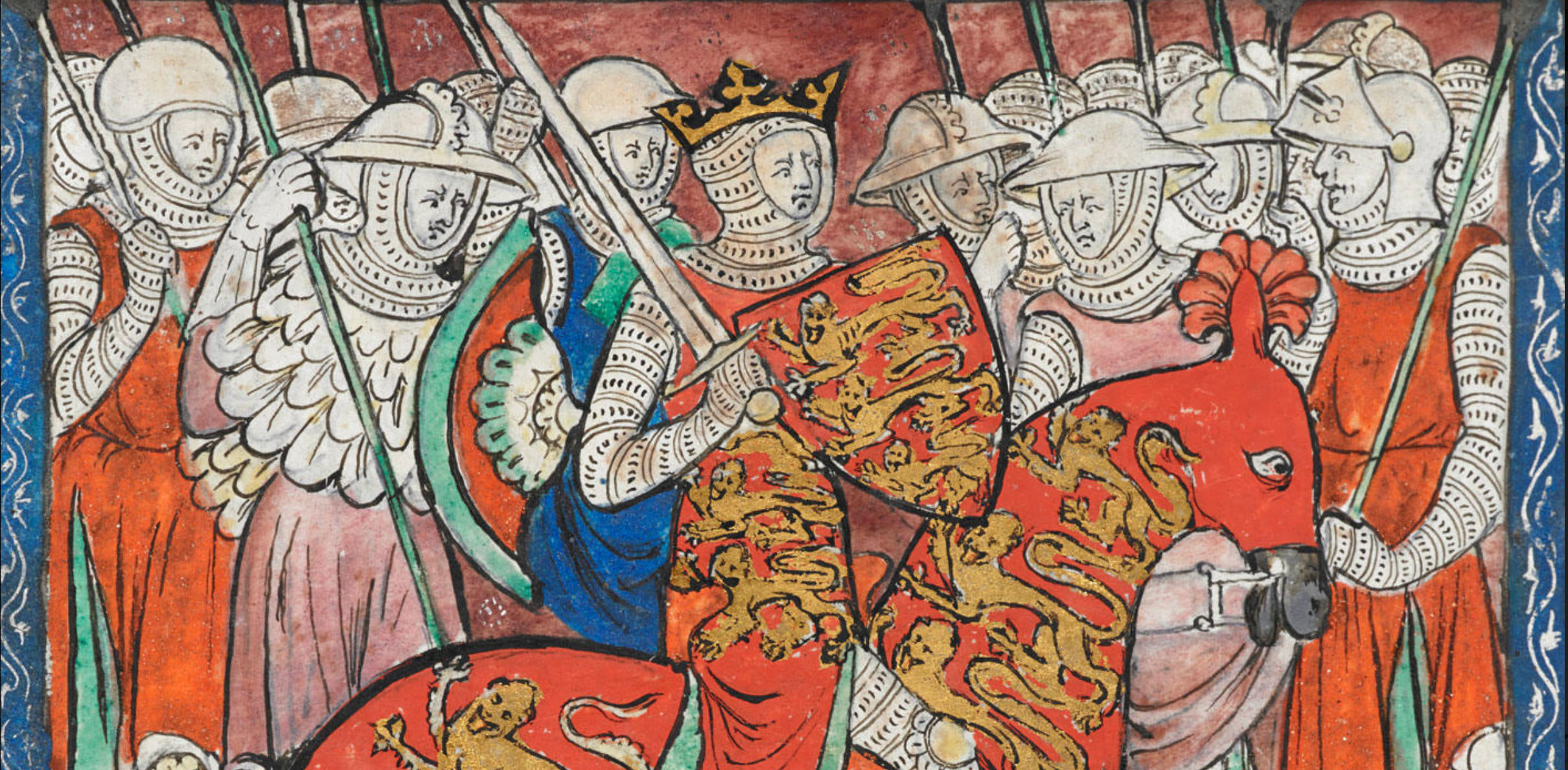Victors of slaves, sultans and crusades
- Cairo, 2 May 1250. Shajar Al-Durr was named Egyptian Sultan. She was not the first female Sultan; years earlier, in 1236, Razia took over as a Sultan from Delhi. But he was the first to become the highest authority of slavery.

We don't know her original name, when and where she was born. Some Muslim historians said he was Bedouin, Greek or Turkish, and some others spoke of his Armenian origin. We know that in the 1230s, the son of the Egyptian sultan As-Salih bought him as a slave and introduced him into his harema.
When Sultan Al-Kalim died in 1237, As-Salihe would not get power immediately. Egypt and Ladies were in the hands of their older brother and uncle, respectively, and left only Sali part of the desert. So As-Salih rose up against his relatives and in 1240 he got the title of Sultan Kairon. By then Shajar was Al-Durr's favorite, and that same year he had a son and they married. But Shajar was the second woman of the new Sultan, if she had older children and, therefore, the son of Shajar would have little chance of being. And the mother, of course, much less.
Despite power, the Sultan had many rivals both abroad and indoors, and in the name of stability he hired shadowy mercenaries. This would lead to an increase in tension and, among other things, a breakdown of his father’s peace with Christians. Thus, Louis IX of France decided to organize a seventh crusade. The goal would not be the Holy Land, but would first conquer the Nile Delta as a strategy to later reach the final destination.
Silently, signing orders and documents on behalf of her dead husband, Shajar Al-Durre organized a counterattack on Christians and did so perfectly.
In 1249, when the crusaders arrived on the Egyptian coast, As-Salih was in Damascus, trying to shut down the Syrian uprising. The Sultan was ill and died of tuberculosis in Cairo. But only a few nearby knew what happened and his wife Shajar decided not to report the death to anyone. It was intended to prevent the destabilisation of the Egyptians and the strengthening of Christians.
Silently, signing orders and documents on behalf of her dead husband, he organized a counterattack on Christians and did so perfectly. First in the city of Al Mansurah and then in the battle of Fariscal, Shajarre conquered the crusaders and made Louis IX himself prisoner. Then yes, he announced the death of the Sultan and, as planned, was named Sultan Turanshah, son of the first woman of As-Salhi. It lasted little in power: the blowers were dissatisfied with Turanshah’s early decisions, which took the Mamluks to give to their friends, and they were also aware of the ability to govern in Shajar. Turanshah was killed in 1250 and named Sultan Shajar Al-Durr.
He liberated Louis IX for a great rescue and began to put Egypt on the path of prosperity. But political and economic control in the hands did not get the approval of religious authority. The caliph of Baghdad rejected the appointment of the woman and the Sultan lasted only three months, at least in theory. She married Aybake, commander of the Mamluk shajar, her husband took the title of Sultan and in practice his wife ruled for another seven years.
She was Shajar Ayba's second wife. Again he would be his oldest son, not the one he would have with Shajarra. That's why Shajarre asked her to divorce her first woman to lose all her rights. Aybake ignored him and ordered Shajarre to secretly kill her husband. When her first wife, Umm Ali, discovered the conspiracy, risking her life and her son's, she brought the waiters together in her favor. Shajar went to Al-Dur's room and was beaten to death. They say that the body of a woman who was a slave and Sultan was thrown from a tower and deposited on the ground for three days under human and other scavenger animals. But he was finally buried in a beautiful mausoleum still standing near the mosque of Ibn-Tulun. Inside there is a mosaic of artists brought expressly from Constantinople, a tree decorated with mother-of-pearl, as Shajar Al-Durr means “pearl tree”.
Toledo, 1272-1280. Alfontso X.a Gaztelakoak Ama Birjinari eskainitako 427 kanta monodiko bildu zituen. Santa Mariaren Kantigek Erdi Aroko musika eta literatura bildumarik garrantzitsuenetakoa osatzen dute, baina, kantiga miniaturaz apainduta daudenez, ilustrazio horiek beste... [+]
Teofanes Aitorlea kronikalariak jaso zuenez, 763-764ko negua inoizko hotzenetakoa izan zen Konstantinoplan. Elurrak eta izotza hartu omen zuten bizantziar hiriburua eta Bosforon iceberg bat ere ikusi omen zuten.
Orain arte klima hoztea, besteak beste, jarduera... [+]
York, England, 2nd century. Various structures and houses were built in the Roman city of Eboracum. Among others, they built a stone building in the present Wellington Row and placed an arch in the wall that crossed the Queen’s Hotel. Both deposits were excavated in the second... [+]
It has been considered that the wine drank by the ancient Romans was a poorly made wine, without body and with an unpleasant taste. But the work that researchers at the universities of Ghent and Warsaw have published in Antiquity has provoked the withdrawal of this belief.
The... [+]
Hastings (England), 1066. The army of the Duke of Normandy I of Gil conquered the troops of King Harold II and conquered the throne. Gil's conqueror I was king until 1087.
In this reign after the Norman conquest, the rebellion organized uprising, effective administration and the... [+]















